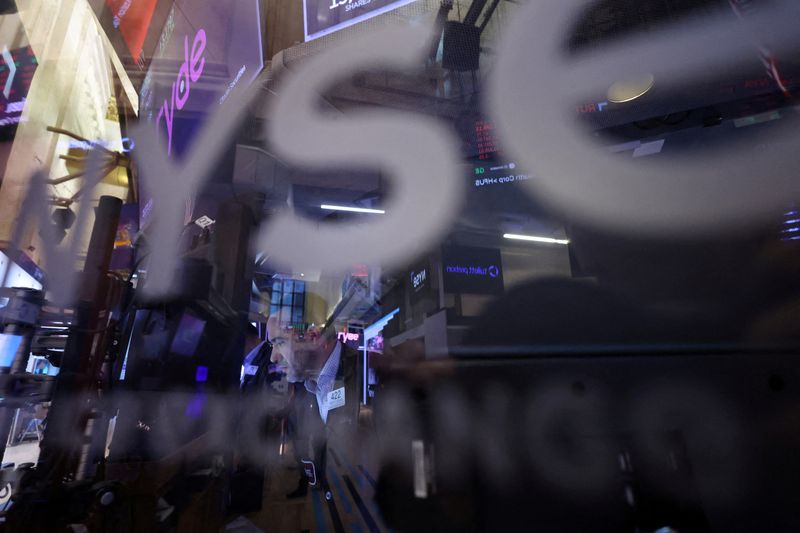Investing.com -- The inversion in a key part of the U.S. Treasury yield curve, a well known recession indicator, is now the longest on record, exceeding the prior streak seen more than 40-years ago, but even as the economy has shown more fight than expected, the curve is likely to remained inverted.
The 10-2 Year Treasury Yield Spread curve has been downward sloping, or inverted, for 482 business days, BofA said in a Thursday note. This surpasses "the prior longest inversion of 419 days ending in 1980 under [Fed chairman] Volcker," but betting on an unwinding or dis-inversion is too early.
When the yield curve inverts shorter term rates such as the 2-year Treasury yield are higher than longer-term rates such as the 10-year Treasury yields. The inversion typically underscores expectations for a recession.
But even as U.S. economy growth is holding up better-than-expected, the prospect of dis-inversion, or a return to an upward slowing yield curve, isn't likely to materialize quickly, BofA suggests, as "the longer the period of Fed cuts, the slower the dis-inversion."
"The curve inversion is a function of Fed cutting expectations – and the slower the Fed cuts, the longer markets can maintain expectations for additional cuts in the future. The longer the period of Fed cuts, the slower the dis-inversion.
The yield curve also drums up a lot of trading action as traders jostle against one another, betting on upward slowing action in the curve or downward slowing action. At the start of the year, many were piling on steepener bets, or bets that the yield curve would soon revert to its trading upward sloping projection amid expectations for aggressive rate cuts from the Fed pushing shorter-term yields down.
But this bets proved too early, and still does, BofA argues, noting that the economics of the trade, with the cost exceeding return, doesn't yet stack up.
The overnight funding rate, or the cost, exceeds the rate received for going long, or buying, U.S. bond yields, reflecting a negative cost of carry and souring sentiment on the steepner trade, BofA says.
For the trade to become attractive, or the cost of carry to become attractive, expectations for central bank easing needs to be ramped up beyond current expectations push the cost, or overnight funding, which is sensitive to fed funds rates, lower.
